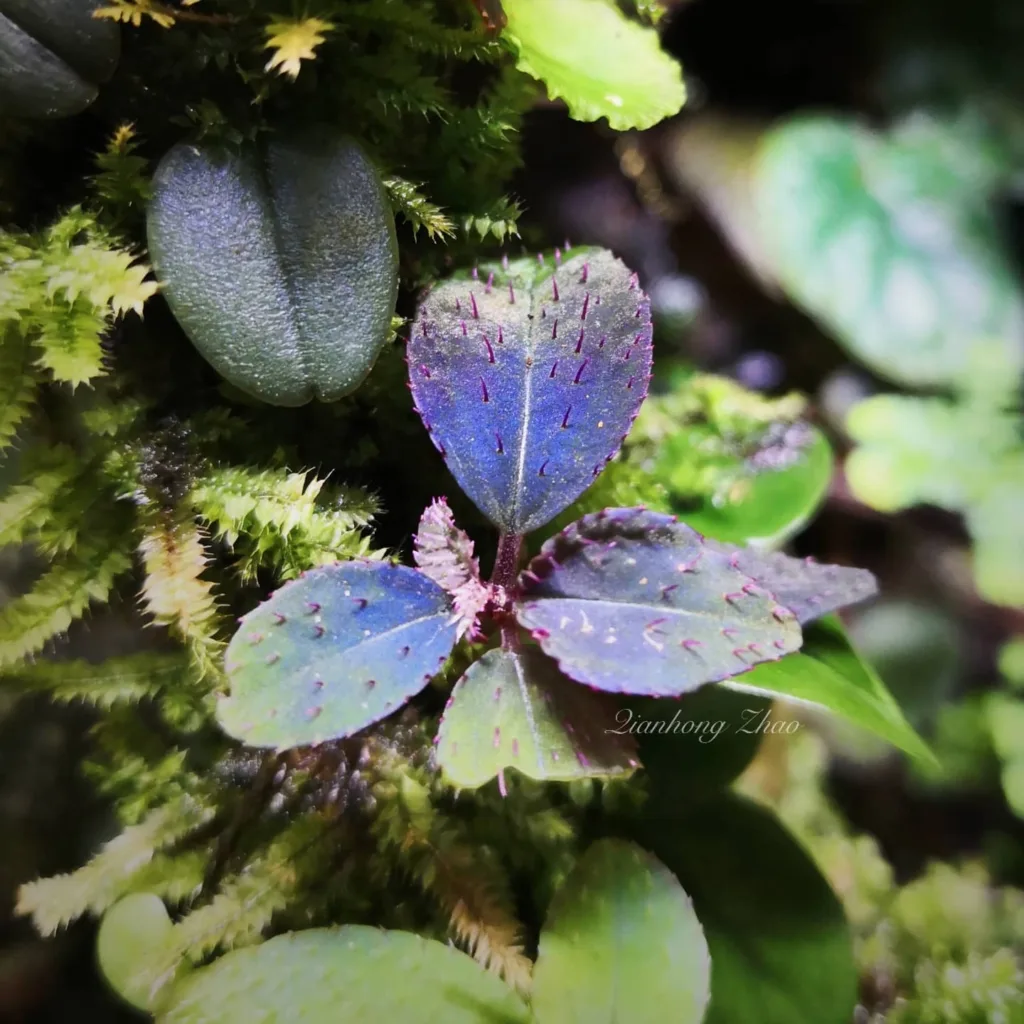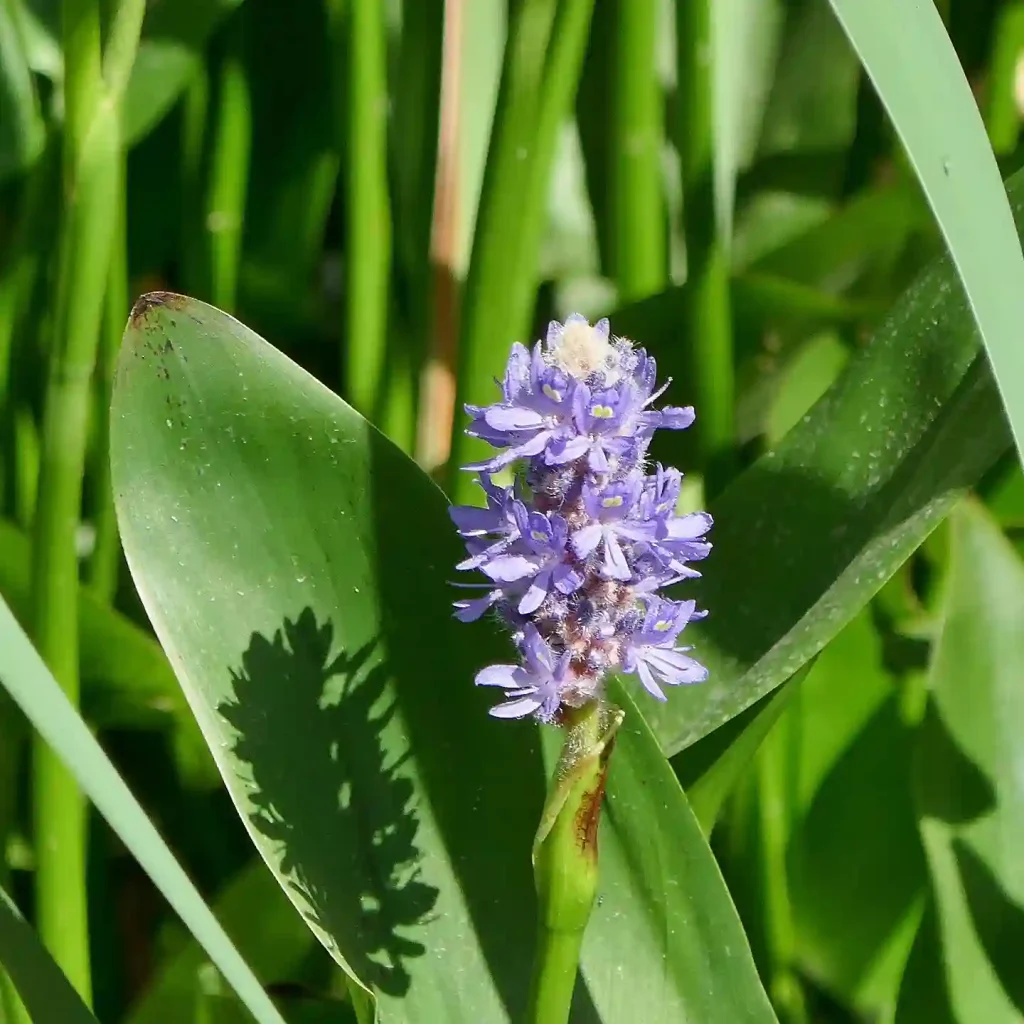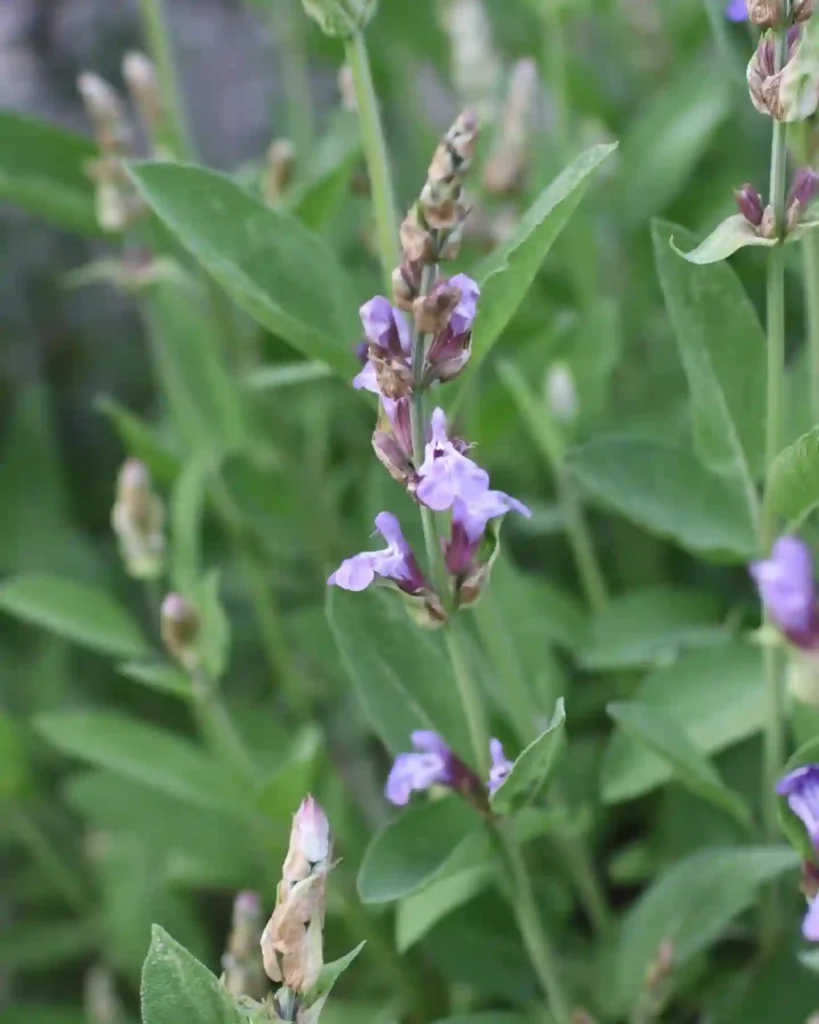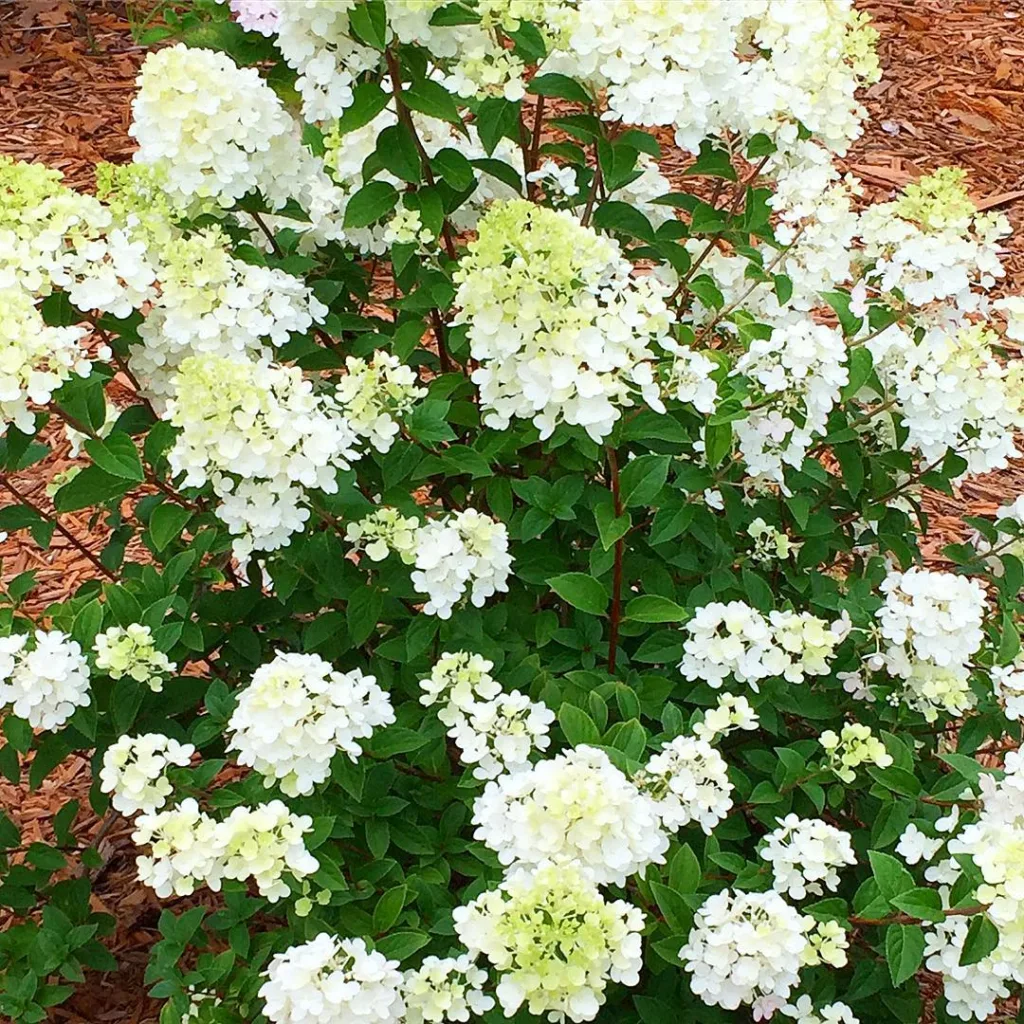
All About Cornus walteri: A Gardener’s Guide
I’m Ferb Vu, and I’m here to answer your questions about Cornus walteri, also known as Walter’s Dogwood. This stunning deciduous tree, native to eastern Asia, has become a popular addition to gardens around the world.
Whether you’re a seasoned gardener or just starting out, Cornus walteri offers a combination of attractive features and easy care. Let’s delve into what makes this tree special.
56 Species in Genus Cornus – Dogwood
What is Cornus walteri?
Cornus walteri is a medium-sized deciduous tree, typically reaching heights of 15 meters (50 feet) at maturity. It boasts an open, spreading habit, creating a beautiful canopy. The opposite, simple leaves turn vibrant shades of yellow and orange in fall, adding a touch of autumn flair to your landscape.
What are the Flowers and Fruits of Cornus walteri Like?
Spring brings a delightful display of small, white, fragrant flowers clustered in inflorescences. These blooms are followed by a show-stopping display of round, reddish-purple fruits in late summer. These “drupaceous berries,” about 2.5-3.5 cm in diameter, are a source of oil and provide a feast for birds.
Sun and Soil Preferences for Cornus walteri
Cornus walteri is a versatile plant that thrives in various lighting conditions. It prefers full sun but can tolerate partial shade. Aim for at least 4-6 hours of direct sunlight daily for optimal growth and flowering.
When it comes to soil, Cornus walteri is adaptable but prefers well-drained, fertile soil. It tolerates a range of pH levels, from slightly acidic to shallow chalk. If your soil is heavy clay, amend it with sand to improve drainage.
How to plant and care for Cornus walteri?
Planting Cornus walteri is straightforward. Choose a location with good drainage and amend the soil if necessary. Dig a hole twice the width of the root ball and slightly deeper. Plant the tree at the same soil level it was growing in the container. Water deeply after planting and regularly during the first growing season.
Cornus walteri is a low-maintenance tree. Once established, it requires minimal watering except during prolonged dry spells. Fertilize lightly in early spring with a balanced fertilizer to promote healthy growth. Pruning is not typically necessary, but you can remove dead, diseased, or crossing branches for aesthetics.
Is Cornus walteri Disease and Pest Resistant?
Cornus walteri is generally resistant to serious diseases and pests. However, it can be susceptible to common dogwood diseases like anthracnose and powdery mildew. These can be controlled with fungicides if necessary.
How Does Cornus walteri Compare to Other Dogwoods?
Cornus walteri is a distinct member of the dogwood family. Compared to the popular flowering dogwood (Cornus florida), it has smaller flowers and a more spreading habit. However, Cornus walteri offers the advantage of attractive fall foliage and interesting fruits, making it a four-season interest tree.
Another comparison point is Kousa dogwood (Cornus kousa). Both Cornus walteri and Kousa dogwood offer beautiful white flowers and reddish fruits. However, Kousa dogwood typically has larger, showy flowers and a more rounded crown shape.
Where Can I Buy Cornus walteri?
Cornus walteri may not be readily available at all nurseries. However, you can try specialty nurseries or online retailers that offer a wider selection of trees.
Is Cornus walteri fast-growing?
Cornus walteri has a moderate growth rate, typically growing around 30-60 cm (1-2 feet) per year. This makes it a good choice for gardeners who don’t want a tree that will quickly outgrow its space.
Is Cornus walteri suitable for small gardens?
While Cornus walteri can reach a mature height of 15 meters, it tolerates pruning well. If you have a smaller garden, you can keep it at a manageable size with regular pruning.
Can I grow Cornus walteri in a container?
Cornus walteri can be grown in a container for several years when young. However, due to its potential size, it’s best suited for planting in the ground for long-term success. Choose a large container with good drainage and repot every few years as the tree matures.
Is Cornus walteri fruit edible?
There is no definitive answer on the edibility of Cornus walteri fruit. While some sources suggest it might be inedible, it’s best to err on the side of caution and avoid consuming it. The attractive fruits are best enjoyed by birds.
Does Cornus walteri have any medicinal uses?
In traditional medicine, the fruits and leaves of Cornus walteri have been used to treat skin inflammation caused by lacquer poisoning. However, more research is needed to validate these claims. It’s important to consult with a healthcare professional before using any part of the plant for medicinal purposes.
Are there any cultivars of Cornus walteri available?
Currently, there aren’t any widely available cultivars of Cornus walteri. However, this may change in the future as the popularity of this tree grows.
The Final Word on Cornus walteri
Cornus walteri is a beautiful and versatile tree that brings elegance and interest to any garden. With its easy-going nature and attractive features, it’s a perfect choice for gardeners of all levels. So, if you’re looking for a low-maintenance tree that offers year-round beauty, consider adding Cornus walteri to your landscape.
If i die, water my plants!



